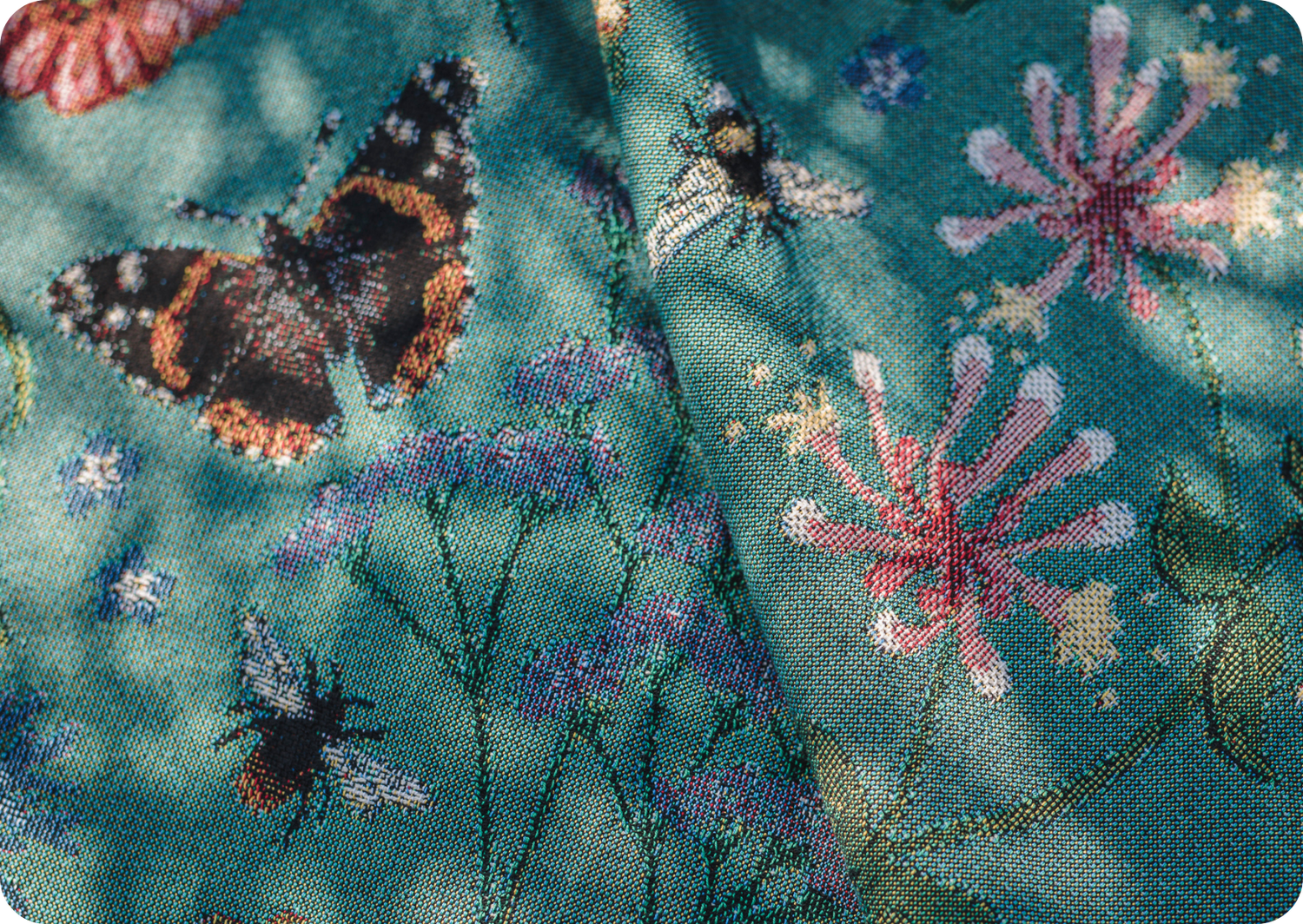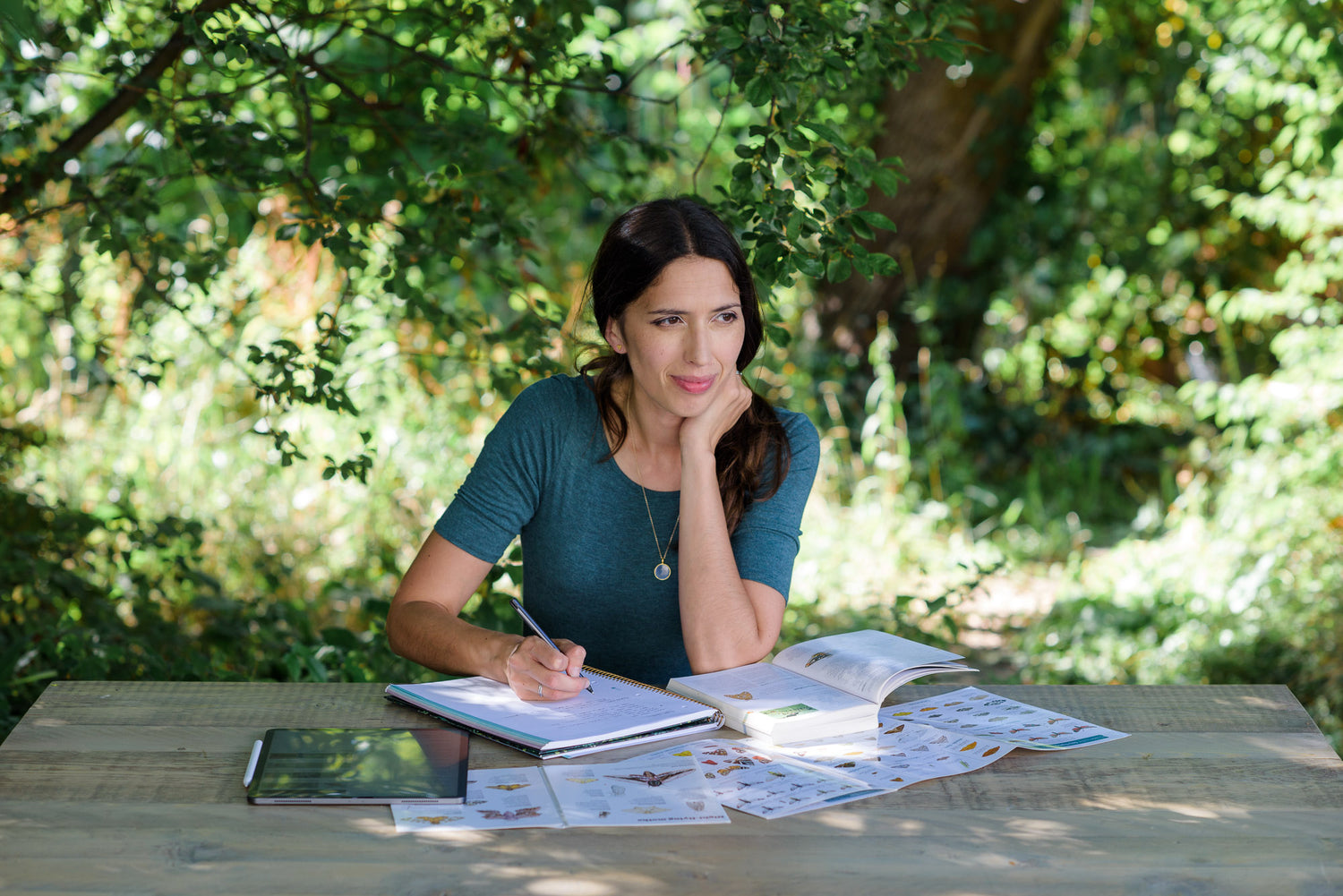Curiosity Chronicles – Episode 2
Looking for a nature podcast for kids that blends storytelling with real science? In this episode of Curiosity Chronicles, we explore the fascinating world of tree communication, perfect for children aged 7–12 and families who love learning outdoors. Discover how trees 'talk' using underground fungal networks (the Wood-Wide Web), chemical signals in the air, and even vibrations through their leaves.
This kid-friendly science podcast supports STEM learning, outdoor education, and homeschool science through engaging audio adventures rooted in the natural world. Whether you’re encouraging your children to learn about ecosystems, forest habitats, or simply encouraging your child’s curiosity, this episode offers a magical entry point into the science of plant communication.

Can Trees Really Talk?
When we walk through a woodland, we hear birdsong, rustling leaves, maybe the scurry of a squirrel, but the trees stand in silence. Or so it seems. In this enchanting episode of Curiosity Chronicles, Ria invites listeners on a journey through the forest to explore the hidden communication networks of trees. Discover how trees “talk” without words, using chemical signals, underground fungal networks, and even vibrations. From the African savannah’s acacia trees warning each other of giraffes to the intricate “Wood Wide Web” beneath our feet, this episode unveils the silent yet profound ways in which trees interact with their environment and each other.
Key Topics Covered:
-
Chemical Signaling: How trees like oaks and beeches produce bitter compounds in response to grazing deer.
-
Airborne Alerts: The fascinating case of acacia trees releasing ethylene gas to warn neighboring trees of giraffe browsing.
-
Mycorrhizal Networks: Understanding the “Wood Wide Web”—a vast underground network of fungal threads (mycelia) connecting trees, facilitating nutrient exchange and communication.
-
Plant Memory: Insights into how trees “remember” past stresses like droughts and adapt their responses accordingly.
- Vibrational Sensitivity: Exploring how plants detect the sound of caterpillars chewing and activate defense mechanisms.
- Electrical Signaling: A look into the emerging research on how root tips may send and receive electrical pulses, akin to a simple nervous system.

Activities to Extend Learning
Forest Sound Walk: Take a walk in a local forest or park. Close your eyes and listen. Can you hear the rustling leaves, bird songs, or distant animal calls? Imagine the silent conversations happening among the trees.
Mushroom Hunt: Search for mushrooms in your area. Remember, the visible mushroom is just the fruiting body; the real magic lies underground in the mycelial network. Look but don’t touch as some mushrooms can be toxic.
Further Reading
Curious to dig deeper into how trees and plants communicate? Here are some fascinating articles and research papers to explore, perfect for parents, educators, and older kids who want to know more:
The Whispering Trees – Smithsonian Magazine
A beautifully written look at how trees share resources, send signals, and form vast underground networks. Read the article
Plants Hear Themselves Being Eaten – National Geographic
Explores how plants detect vibrations, including the experiment where they responded to the sound of chewing Read the article
How Trees Secretly Talk to Each Other – BBC News
A clear, accessible introduction to the Wood-Wide Web and the scientists uncovering it Read the article
Plants ‘Listen’ for Danger – Science News Explores
A great resource for young readers explaining how plants react to sound and vibration Read the article
Learn More With Our Nature Subscription For Kids

If your child was captivated by this episode, they’ll love being part of the Curiosity Club. Each month, members receive a beautifully designed nature-themed box filled with:
-
Hands-on science experiments
-
Outdoor spotting challenges and discovery prompts
-
Creative crafts using recycled materials
-
Nature writing, seasonal recipes, and mindful moments
Everything is rooted in real science, brought to life through storytelling, and designed to spark wonder.
✨ Created for curious kids aged 7–12—and equally magical for younger siblings with a little grown-up help, sign up below.
Monthly Nature Subscription For Kids
Or sign up to our newsletter to be the first to hear when new printables and podcast episodes go live.






